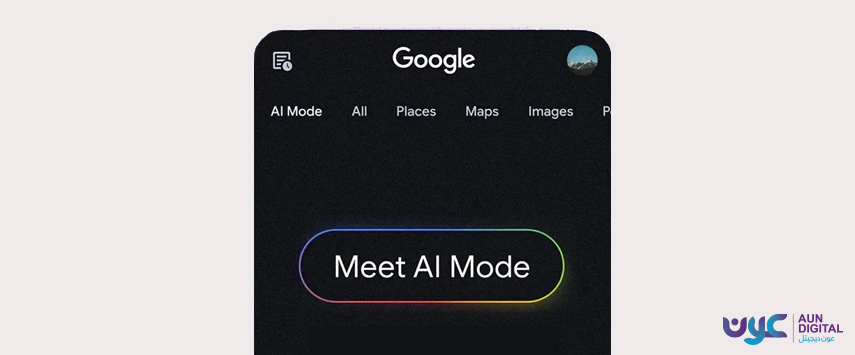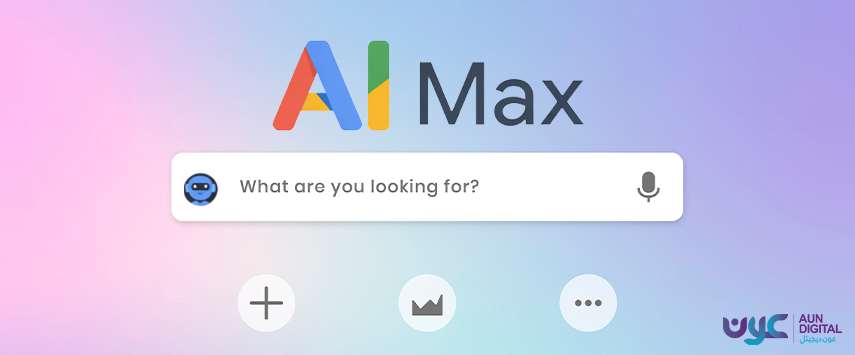Remember the first time you switched your phone to airplane mode? One tap, and suddenly the world went quiet.
Now, imagine something similar. And that is when you enter Google AI Mode. If you can disconnect yourself from the digital world, you can also search the web faster whenever you feel like it. So, instead of typing endless queries, rephrasing searches, or scrolling through various pages, AI offers the future of smart searching. The future of smart browsing is about less searching and smarter finding.
Also Read: AI in Search
Insights About AI Smart Browsing of Google
- What is AI mode?
- How Google’s traditional search is different from AI mode
- How Google AI mode processes information for smart browsing
- Features of AI smart searching
What is AI Mode?
AI mode is an experience provided by Google that offers information to a user’s question. AI-generated responses synthesize information from multiple sources within their search interface to match the user’s query.
It delivers conversational answers and breaks questions into parts, making it easier to search.
Whether you are speaking into your phone or pointing your camera at something, the AI smart searching lets users see a summary linked together from various sources. It includes images, maps, and more. Moreover, rather than ranking entire pages, it scans individual sections to let the user find specific pieces of the question.
Is Google AI Mode Different from Traditional Search?
The Google AI mode utilizes a query fan-out technique to generate answers. This approach divides questions into subqueries and then formulates an AI answer. The AI mode offers a chat-like interface similar to other LLM models, which include ChatGPT and Claude.
The following are the differences:
Google’s Traditional Search
- It relies on algorithms to evaluate backlinks, keywords, user engagement, and others to determine ranking.
- Users navigate through the search results, which direct them to relevant links, ultimately generating traffic.
- Utilization of web crawlers and other traditional tools to share information.
- It keeps track of your previous search history by using cache and cookies.
Google’s AI mode
- Instead of a single query, the Google AI mode uses query fan-out. It splits questions into various sub-questions. It then compiles it into synthesized answers.
- It keeps track through prior searches, location, device, and usage signals. The Google AI mode gives personalized results, which may vary between users.
- One can never doubt its multimodal capabilities. It integrates text, images, PDFs, and video transcripts into the answers.
Also Read: Introducing AI Mode
Synthesizing Information to Build a Conversation
The Google AI mode interprets and processes the intent behind each search. Google does not just match keywords to generate an output for you. It provides actionable insights that help users grasp information, drawing connections between various concepts.
How Google Products Suggest Responses
- Gmail: AI automates responses, flags important messages, and filters spam.
- Google Docs: It offers AI-powered suggestions for improvements.
- Google Calendar: It schedules meetings and optimizes time management
Google products are efficient at automating routine tasks and streamlining our workflow, reducing manual effort. Google Assistant utilizes AI mode to process voice commands. Such products go beyond the traditional ways to streamline your daily tasks.
A few other key features
- Natural conversations
- Follow-up questions
- Complex question handling
- Real-time information
- Personalized responses
The Takeoff of AI Smart Browsing with Google AI Mode
Google is definitely redefining our search experiences. Users like us can get better answers with natural conversations, and businesses can stay visible with the new strategies.
So, is Google AI Mode really the future of the web? The answer looks like a yes. By merging AI smart searching and AI smart browsing, Google is entering an era where the internet feels less like a maze and more like a guided, personalized journey.
Just like airplane mode became second nature on flights, AI mode might soon become our default setting online. It’s not just a feature; it’s the future of smart browsing.









